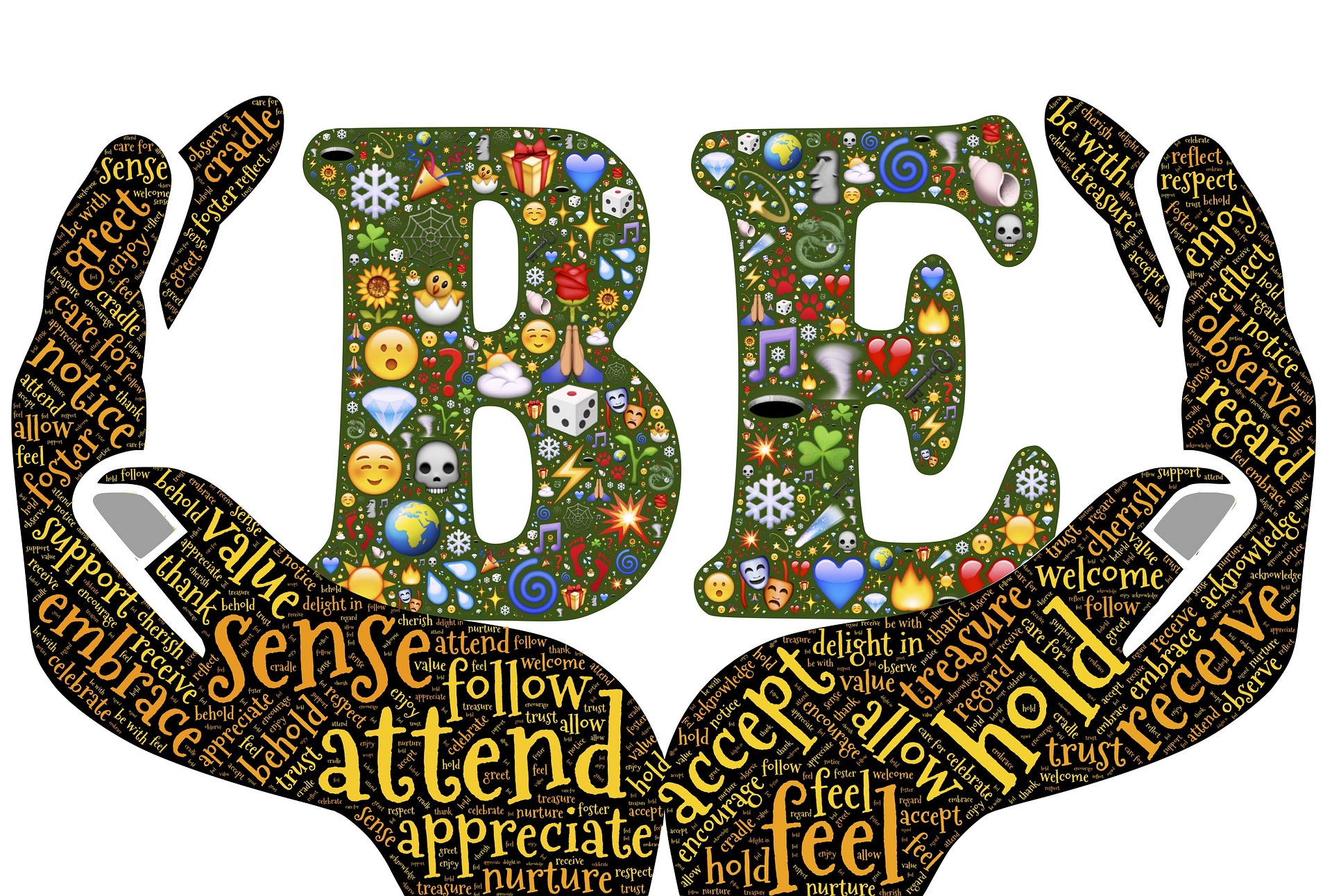
Many people think of chronic pain as a problem that only affects older people. In reality, though, more than 76 million Americans of all ages have experienced this condition at one time or another, according to the National Institutes for Health. If you’re among them, then this post is for you. Read on as we suggest a three-step plan for minimizing the effect of pain on your life. Please note: This information is no substitute for medical treatment as recommended by your healthcare provider.
Step One: Fight Back With Acceptance
This bit of advice may sound odd to those of us raised in Western societies. Our culture idolizes those who take on problems with gritted teeth and clenched fists. But, while this approach is great for some situations, it’s wholly unsuited for a diagnosis like chronic pain, according to information from the University of Iowa Healthcare System. Here’s why:
- Constant struggles are exhausting. The more energy you pour into fighting something you can’t avoid, the less energy you’ll have for life-enriching activities.
- Staying angry at your pain can hinder approaches like meditation and cognitive behavioral therapy (CBT), which rely on calmness and gentle insight.
- Sometimes unyielding tenacity is a hindrance more than a help. To see what we mean, picture a surfer riding a wave. She will die a watery death if she tries to bend the ocean to her will. Instead, she accepts its currents and flows, using them to ride high above the danger. She controls her fate by giving up control of her fate. There’s a powerful lesson in this for people who deal with all kinds of problems, including chronic pain sufferers.
Step Two: Do What You Can
Chronic pain imposes a number of restrictions on performing common tasks such as cleaning and home maintenance. Here are some ways to deal with these limitations:
- Set priorities. Not all chores are of equal importance. Tackle the pressing needs when you’re feeling your best and save the others for when you can get to them.
- Use tools. You’ll find all sorts of products on the market that can make jobs like unscrewing lids, holding utensils and keeping your balance less taxing on your body and mind.
- Simplify and organize. Decluttering your home can make managing your household easier. So can organizing your shelves, cabinets and closets. Just remember to prioritize these tasks, lest you overstretch your abilities.
Step Three: Retreat Often
This suggestion may sound just as unconventional as the first. But, as before, it’s based on sound principles. Just as the fiercest hurricanes have an eye of tranquility at their center, so your life needs a calm place to which you can withdraw for comfort and healing. This location can be as small as a corner of your home or as spacious as an entire room, whatever works best with your resources. Here are some helpful features to add to your serenity space:
- A comfortable chair, day bed, or other piece of furniture.
- Objects of beauty and personal significance, such as religious imagery, photos of mountain vistas, posters of inspirational sayings or pictures of loved ones.
- Anything that induces relaxation and is easy to maintain. Possible choices include a scented wax warmer or an essential oil diffuser.
Other possible additions include a place to set a soothing beverage, a wireless speaker to play your favorite music, and a jar of your favorite balm or skin cream.
At the End of It All
Living with chronic pain doesn’t mean giving up. Rather, it means making the most of your life as it is now, without fixating on the past or obsessing over the future. Let this three-step plan be your guide as you seek the joy and peace of the present moment.
Photo via Pixabay
